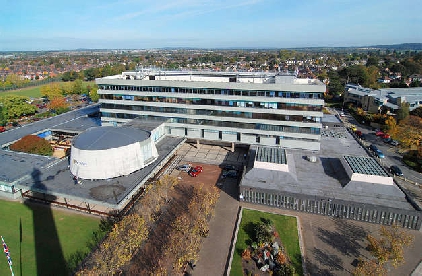
A ‘pioneering’ project to build the first council-owned pyrolysis plant in the UK could be just the beginning of a much bigger operation, Shropshire Council officials have said.
Senior councillors and officers said the groundbreaking plan was a “win, win, win” for the council – with the potential to more than halve its carbon footprint with just one unit, bring in extra income and provide heat and electricity to local businesses.
The £2 million facility is to be constructed in either Bridgnorth, Ludlow or north Shrewsbury, and will process green waste to produce a versatile carbon-storing material called biochar.
Known as ‘carbon gold’, biochar can be used to improve soil quality on farmland, prevent pollutants entering rivers, be utilised in the construction of new buildings and roads, and even be used to reduce odour and ammonia pollution from chicken sheds.
The income the council expects to generate from the facility means it will have effectively paid itself off in six years.
In fact deputy council leader Ian Nellins believes the only concern opponents might have is that it “sounds too good to be true”.
He says: “It’s been going on for quite a while, it’s not something that’s been dreamed up overnight.
“We’ve looked at all the potential positives and negatives to make sure this is a sound investment.
“A lot of work has been going on for quite some time.”
Subject to approval from the full council next week, officers behind the project say they aim to get the first facility up and running by the end of 2024.
And if all goes to plan, it could be swiftly expanded and new sites created across the county.
The three potential sites are the former highways depot in Old Worcester Road, Bridgnorth, the former anaerobic digester side in Coder Road, Ludlow, and land next to Battlefield Energy Recovery Facility in the Battlefield area of Shrewsbury.
Richard MacDonald, principal commercial project surveyor, reveals the council is probably leaning towards Bridgnorth.
He says: “Those are the first three locations we have selected, but we have others to follow up. All three are suitable.”
The plant will heat the green waste at high temperatures without oxygen, producing biochar as well as gases and oils which can be burned in a generator to produce electricity.
Dan Wrench, climate and carbon project officer, explains: “What we are doing is taking that plant material and keeping that carbon locked in there.
“Normally when you burn stuff, carbon mixes with oxygen and carbon dioxide is given off. With this, the carbon stays there.”
Each tonne of biochar produced removes three tonnes of CO2 from the atmosphere, meaning the project will play a huge part in helping the council reach its goal of achieving net zero by 2030.
“With two of these we can wipe out our direct emissions as an authority,” adds Mr Wrench.
“We are going to struggle to get to our net zero target without technology like this.”
Some of the electricity produced – around 35 per cent – will be used to power the facility itself, with the remainder to be sold.
The biochar itself and the residual heat will also be sold, the latter potentially feeding into a local heat network, and Veolia will have to pay the council a gate fee to process the green waste.
Another source of income will be the sale of ‘carbon credits’ to other organisations needing to offset their own carbon emissions.
The council intends to use the demonstrator plant to process around 5,000 to 6,000 tonnes of material a year.
Its household green waste collections alone amount to 35,000 tonnes a year, and then there are other potential sources such as council-maintained country parks and roadside verges – meaning there is huge potential to scale up without having to buy in feedstock from elsewhere.
Councillor Nellins says: “Because of our locality we are fortunate we have got the feed so we don’t have to buy that in.
“This is an example of Shropshire playing to its strengths as a rural county.
“If this was a city, they would not have the feed to do this kind of thing – unless they bought it from us.”
When calculating the ‘carbon credits’, the distance the feedstock travels and where the resulting biochar ends up are also factored in, meaning keeping the entire process local equals more carbon credits and more income from selling them on.
Mr Macdonald says: “It is not polluting, which means it can be put in different locations across Shropshire to benefit the local circular economy.
“You’re getting local feedstock and the energy and biochar will be used locally, so we haven’t got long travel.”
So if it’s such a fool-proof plan, why hasn’t it been done before?
Mr Wrench points out it has. It’s a growing industry across Europe, as well as Canada, the USA and Australia – with things like invasive plant species and even human sewage being processed.
In the UK it’s still very small-scale – in fact the council already has a minature version in operation at Severn Valley Country Park – and Aston University in Birmingham is leading the way in terms of research.
But the council says interest in biochar is growing, and it wants to get ahead of the curve.
“It’s the commercial factors that have made this now really become interesting,” says Mr MacDonald.
“The cost of electricity has gone up massively in recent years, and that makes it more feasible as an income stream from electricity.
“The commercial value of the carbon removal certificates has gone up and will probably continue to increase as we get towards 2030.
“An increase in cost of fertiliser due to the Ukraine war has also increased the interest in biochar.”
Councillors will be asked next Thursday to approve the project.


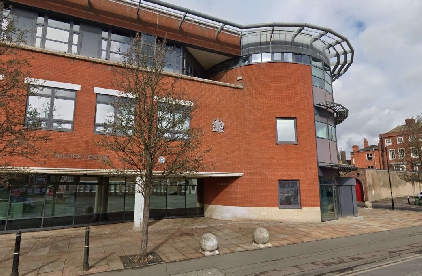 Man prosecuted for working unlicensed as a school security guard
Man prosecuted for working unlicensed as a school security guard
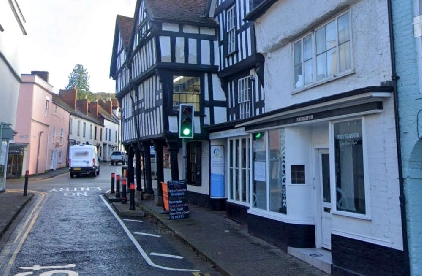 New ‘old’ pub bid in Ledbury rejected
New ‘old’ pub bid in Ledbury rejected
 Appeal for key witness of sexual assault in Bridgnorth
Appeal for key witness of sexual assault in Bridgnorth
 Man dies on A46 near Evesham
Man dies on A46 near Evesham
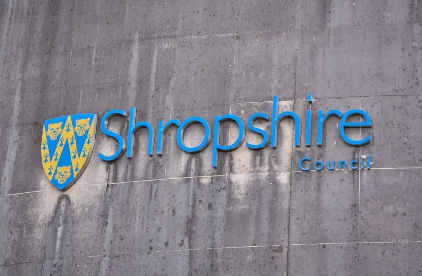 Seven year chicken farm planning tussle to be decided
Seven year chicken farm planning tussle to be decided
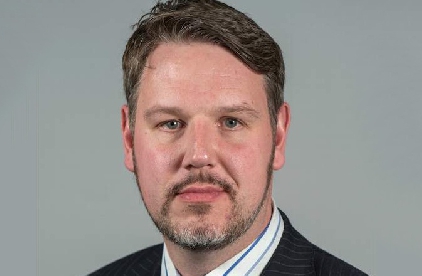 John Campion re-elected as West Mercia PCC
John Campion re-elected as West Mercia PCC
 New Food and Drink group launched at online event
New Food and Drink group launched at online event
